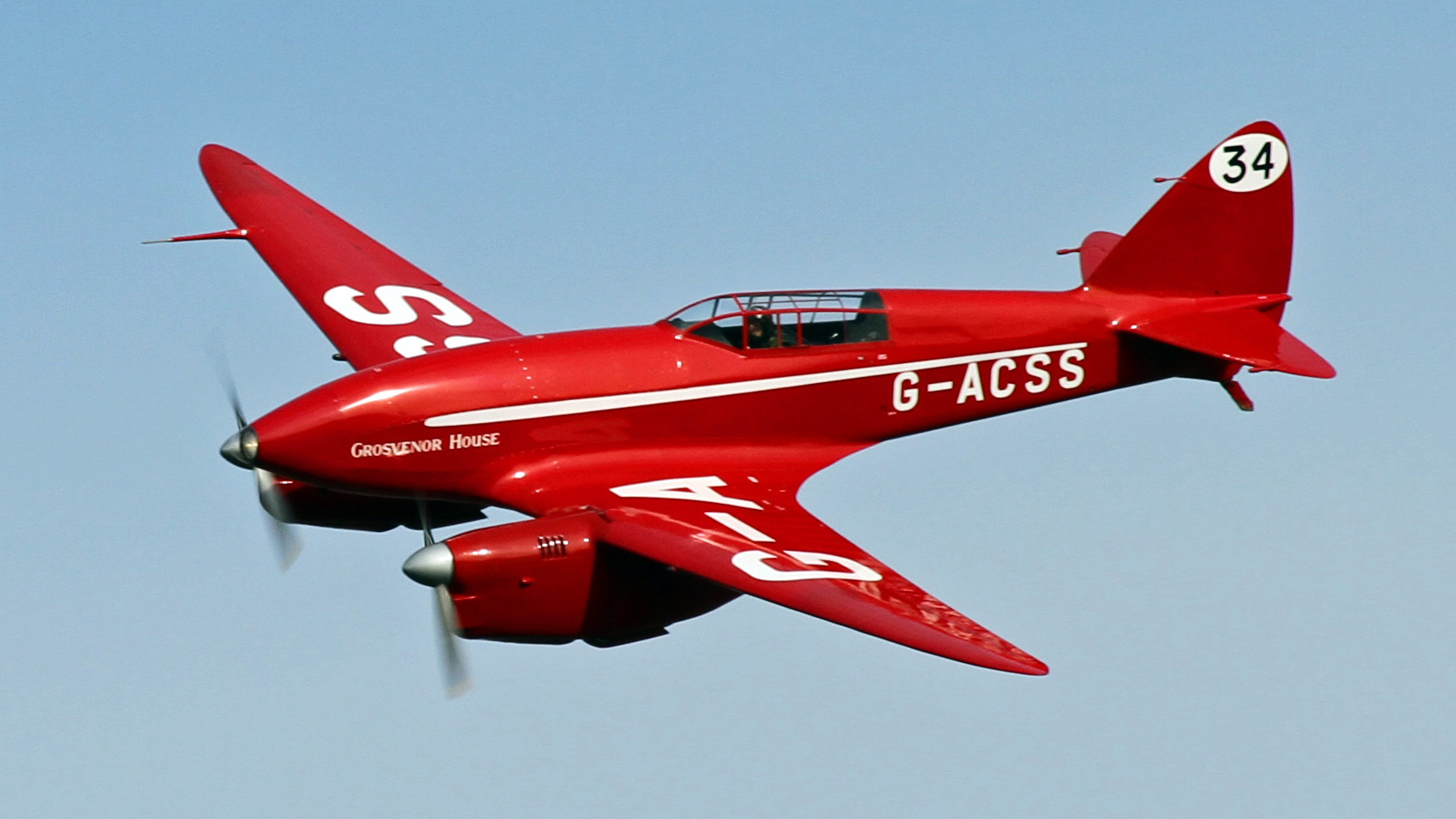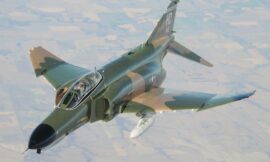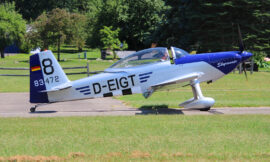The de Havilland DH.88 Comet is a celebrated aircraft in the history of aviation, known for its pioneering design and remarkable performance. Developed in the early 1930s by the de Havilland Aircraft Company, the DH.88 Comet was specifically designed to compete in the MacRobertson Air Race, a long-distance air race from England to Australia in 1934. Its creation marked a significant milestone in aviation technology and showcased the ingenuity and capabilities of de Havilland’s engineers.
Design and Development
The de Havilland DH.88 Comet was conceived in response to the announcement of the MacRobertson Air Race, a prestigious event that sought to highlight advancements in aviation by challenging participants to fly from Mildenhall, England, to Melbourne, Australia. Geoffrey de Havilland, the founder of de Havilland Aircraft Company, and his team embarked on the project with the goal of creating an aircraft that could combine speed, range, and reliability.
The DH.88 Comet featured a sleek, low-wing monoplane design, with twin de Havilland Gipsy Six engines mounted on the wings. The aircraft’s fuselage and wings were constructed from wood, utilizing techniques that de Havilland had perfected in previous aircraft designs. The use of wood, combined with an emphasis on aerodynamic efficiency, resulted in a lightweight and streamlined airframe.
The cockpit was designed to accommodate two crew members, seated in tandem, with an enclosed canopy that provided good visibility and protection from the elements. The landing gear was retractable, a relatively advanced feature for the time, which helped to reduce drag and enhance the aircraft’s performance.
Performance and Innovations
The DH.88 Comet’s performance was exceptional for its era. It had a top speed of around 220 miles per hour (354 kilometers per hour) and a range of approximately 2,925 miles (4,707 kilometers), making it well-suited for long-distance racing. The twin Gipsy Six engines, each producing around 200 horsepower, provided the necessary power to achieve these impressive speeds.
One of the key innovations of the DH.88 was its fuel system. The aircraft was equipped with multiple fuel tanks, strategically placed to maintain balance and stability during long flights. This allowed the Comet to cover great distances without the need for frequent refueling stops, a critical advantage in the MacRobertson Air Race.
The MacRobertson Air Race
The MacRobertson Air Race, also known as the Melbourne Centenary Air Race, was held in October 1934 to commemorate the centenary of Melbourne, Australia. It attracted participants from around the world, including some of the most advanced aircraft of the time. The DH.88 Comet, with its cutting-edge design and impressive performance, was among the frontrunners.
Three DH.88 Comets were entered in the race: G-ACSS “Grosvenor House,” G-ACSR “Black Magic,” and G-ACSP “Green.” The aircraft were piloted by experienced aviators who were determined to showcase the capabilities of the new de Havilland design. The most famous of these was the “Grosvenor House,” flown by Charles Scott and Tom Campbell Black.
The race was a grueling test of endurance and skill, covering a distance of approximately 11,300 miles (18,200 kilometers) and spanning multiple continents. Despite the challenges, the DH.88 Comet “Grosvenor House” emerged victorious, completing the journey in just under 71 hours and 18 minutes. This remarkable achievement not only secured the win for de Havilland but also cemented the DH.88 Comet’s place in aviation history.
Legacy
The success of the DH.88 Comet in the MacRobertson Air Race had a lasting impact on aviation. It demonstrated the potential of advanced aerodynamic design, lightweight construction, and efficient fuel management. The lessons learned from the development and operation of the DH.88 influenced subsequent de Havilland aircraft, including the iconic de Havilland Mosquito, which became one of the most versatile and successful aircraft of World War II.
Today, the DH.88 Comet is remembered as a symbol of innovation and the spirit of adventure that characterized the early days of aviation. Surviving examples of the aircraft can be found in aviation museums, where they continue to inspire and educate future generations about the pioneering achievements of the past. The de Havilland DH.88 Comet remains a testament to the vision and engineering excellence of its creators, and its legacy endures in the annals of aviation history.



